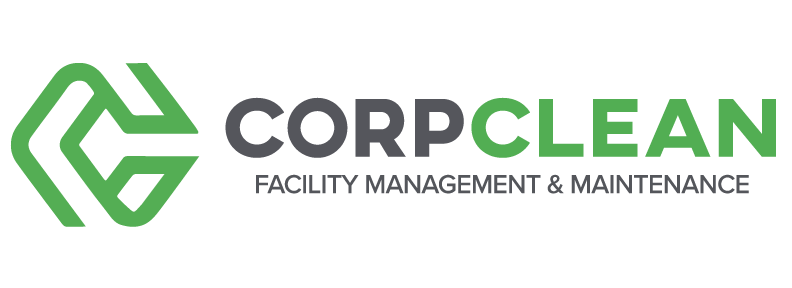Choosing the Right Deicing Agents for Your Business
Consider cost, effectiveness, and environmental impact when picking deicing methods.
Our area has a reputation for harsh and unpredictable winter conditions. Whether it’s freezing rain, heavy snowfall, or icy winds, a business’s ability to navigate through the winter season is more than just handling the inconveniences brought on by mother nature; it’s about ensuring the safety of its inhabitants while maintaining little to no interruptions in day-to-day operations.
Most businesses or service providers have an action plan for managing snow and ice, though many preventative measures revolve around one main product: salt. Salt has been the go-to deicing solution for nearly 100 years, and it’s estimated that the United States uses 20 million metric tons of salt on roads yearly. While effective, there is a growing concern about salt’s environmental impact on our local waterways, plant life, and wildlife. The good news is that many businesses want to help and adapt to greener, more sustainable products and practices; they just don’t know how. Over the following few paragraphs, we’ll cover how deicing agents work, the conditions in which they should be used, as well as salt alternatives that might even work better for your facility.
The end goal of deicing agents is simple: to remove and prevent any accumulation of snow and ice on surfaces where people and vehicles travel by lowering the freezing point of water. While their primary goal is similar, not all deicers are the same. Before choosing a product, consider the following:
- What’s the “average” temperature of your area in winter?
- Which type of surfaces will you be using the deicer on?
- How fast does the product work?
- Corrosion potential
- Environmental impact
With those things in mind, let’s move on to the various types of products available and the advantages and disadvantages of each. Generally, these are broken up into two groups: chloride deicers and non-chloride deicers.
Sodium chloride: (Rock salt) The most popular choice due to its low cost, availability, and ability to work well in most areas with average winters. However, this option comes with a few downsides. In addition to not performing well in temperatures under 15 degrees, rock salt is highly corrosive to concrete and metal and has a harsh impact on vegetation and nearby bodies of water.
Calcium chloride: Typically used as a blend with other deicers, it shares the corrosive quality of most chloride options but performs well in temperatures up to -25. Due to its chemical composition, calcium chloride is exothermic and releases heat when it comes in contact with water, making it a popular choice for colder climates.
Magnesium chloride: Offering temperatures similar to calcium chloride, Magnesium chloride is slightly less harsh on surrounding plant and animal life but typically requires more product for effective results, making other options a better choice.
While it is true that chloride deicers are more commonly used, this is mainly due to their cost and availability. Facilities looking for a more environmentally friendly choice might look towards non-chloride deicers. These products are generally considered safer for plants, animals, and waterways while also being less corrosive than their chloride counterparts.
Calcium magnesium acetate (CMA): Available as a powder, pellet, or liquid, this option is free of salt, nitrogen, and chloride, making it an environmentally friendly deicing option. Though its effective temperature is similar to rock salt’s, CMA is unique in that it does not produce a running brine, meaning it does not move off the surface like other deicers. That, in turn, requires fewer applications.
Potassium acetate: An option that is becoming more popular due to its ability to work in frigid temperatures (-20) while also being biodegradable and less corrosive to most materials. Already widely used on aircraft runways, potassium acetate is rapidly branching into other business sectors for its effectiveness and low environmental impact. The Minnesota Department of Transportation has even adopted using this deicer in their automated bridge systems, and studies are underway to determine whether this could be a better overall solution than sodium chloride.
Sodium acetate: A high-tech option with a higher price but many advantages, it might be a worthy investment. While similar to calcium chloride in that it is exothermic (giving off heat as it dissolves), sodium acetate is long-lasting, easy to apply, minimally corrosive, and biodegradable.
By carefully considering the above factors, businesses can choose a deicing agent that best fits their specific needs while finding a balance between cost, effectiveness, and environmental impact.
While their primary goals are similar (lowering the freezing point of water), not all deicers are the same.

